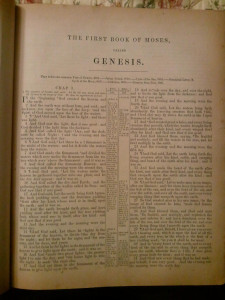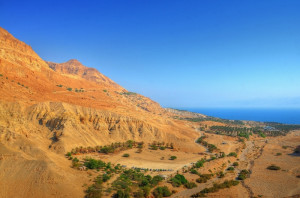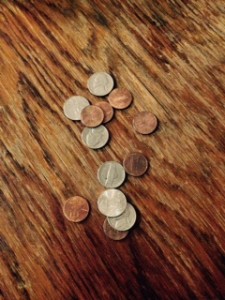Betrayal: the very word stirs up negative emotions within our hearts. Its meaning goes against every ideal we hold dear whether it be as a husband, as a father, as a citizen or as a friend. Perhaps the greatest betrayal of all is the betrayal of Jesus Christ recorded for us in Scripture.
But who really was responsible for Christ’s betrayal? This question has been the source of great controversy down through the centuries. In the Bible, the word betrayal is translated from the Greek word paradidomi (pronounced par-ad-id’-o-mee). It is the overwhelming use of the word in the New Testament. In relation to Christ’s crucifixion, the Bible uses this Greek word to describe the decisions of several people or groups of people. Although each had a part in the responsibility of Christ’s death, the Bible also tells us definitively who really was responsible.
As we prepare to celebrate the resurrection of our Lord Jesus Christ, it is good to be reminded of the role each played in His death. One of the darkest aspects of Christ’s death was His betrayal. It was pictured in the betrayal of Joseph by his brethren, prophesied of by many of the Old Testament prophets (see Zechariah 11:12-13 & Psalm 41:9), and promised by the Savior Himself:
And while they abode in Galilee, Jesus said unto them, The Son of man shall be betrayed into the hands of men. Matthew 17:22
The Accusation
The Greek word for betrayed in this verse comes from paradidomi. Although the word is used over 120 times in the New Testament, the overwhelming majority is used in connection with Christ’s death. It means to deliver up into the hands of another; to betray; and it used by God to place responsibility on those who were responsible for delivering up Christ to the cross. It is evident that part of the suffering and humiliation of Christ’s atonement was meant to include betrayal. But who does the Bible lay responsibility on for this betrayal and who really was responsible for Christ’s death?
The Question of Guilt
This question has been hotly debated throughout the centuries since. Some blame Judas exclusively. Others have laid blame on the Jews for their involvement, even going as far as persecuting today’s generation for the actions of people two thousand years ago. Some say we all had a hand in it since we have willfully sinned.
The Great Betrayal
The Bible uses the word paradidomi of several people and groups of people in relation to the betrayal involved with Christ’s crucifixion. Some of them are well known; others might surprise you. But the Bible also clearly tells us who ultimately was responsible for the death of Christ – in other words – The Greatest Betrayal.
On Trial
And so, for the next few weeks, we are going to put each party on the stand and the Bible will be our chief witness. We will examine exactly how much responsibility each party had in the crime and what their motivation was behind their actions. Ultimately, we will determine who was guilty of the greatest betrayal and what the motivation could possibly be for such a deed.
On the stand next week: Judas Iscariot





